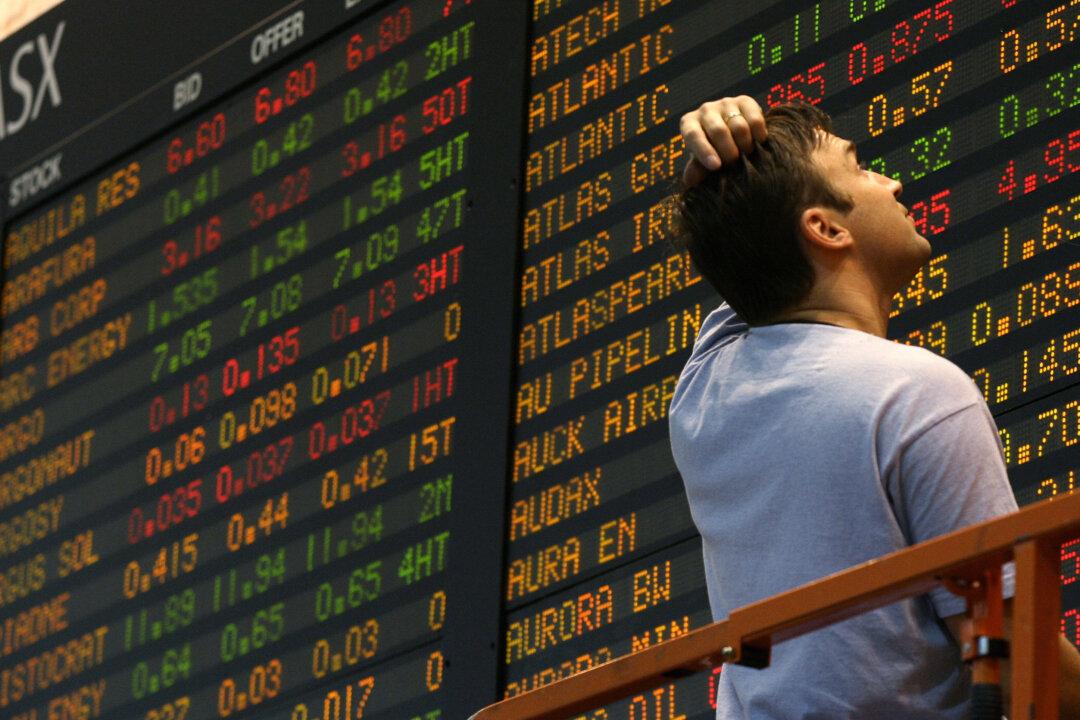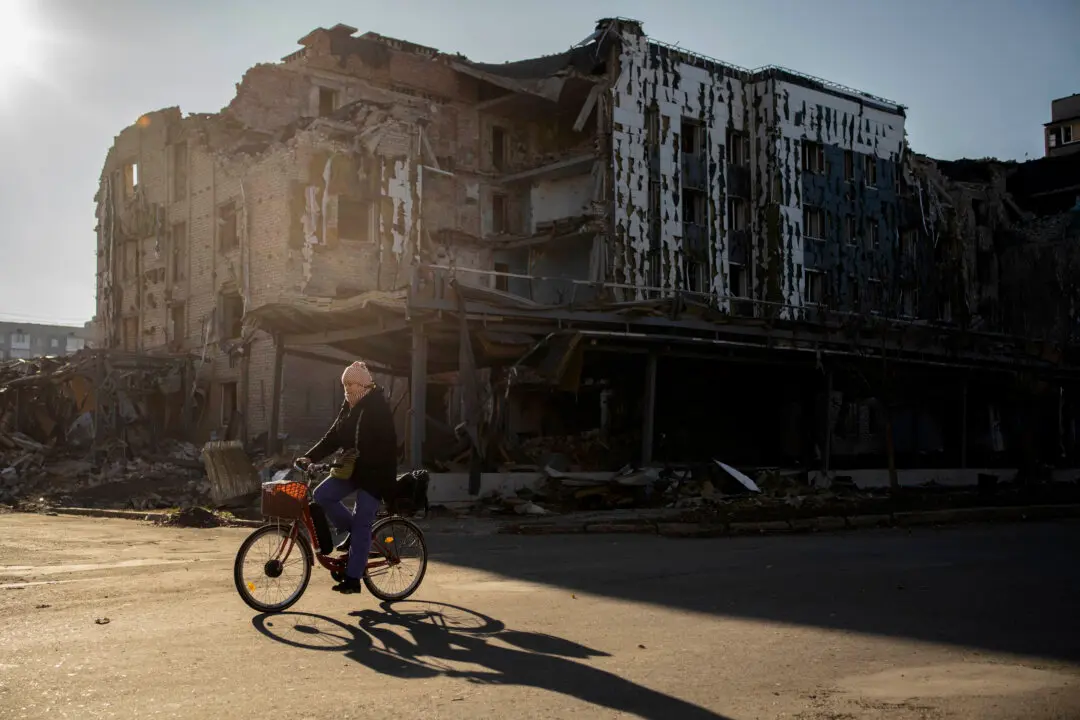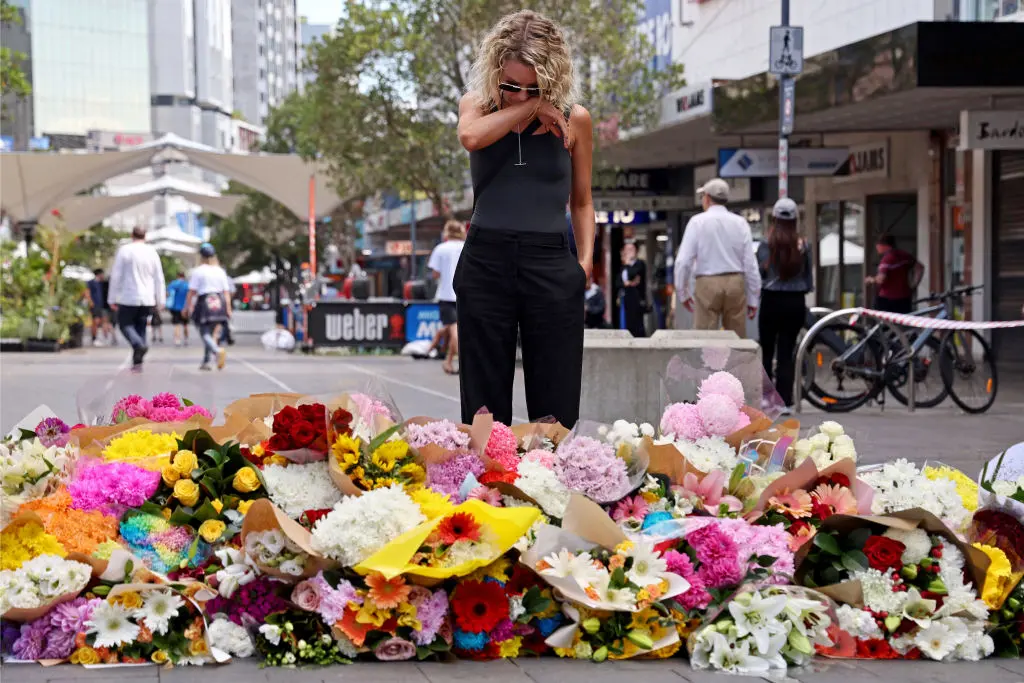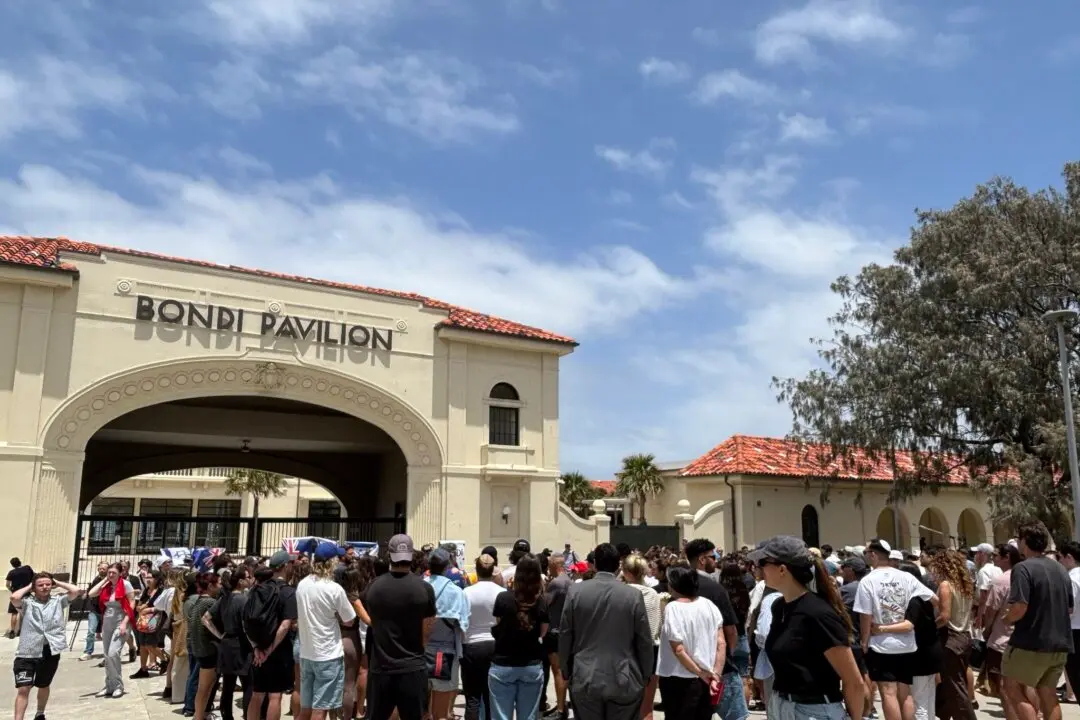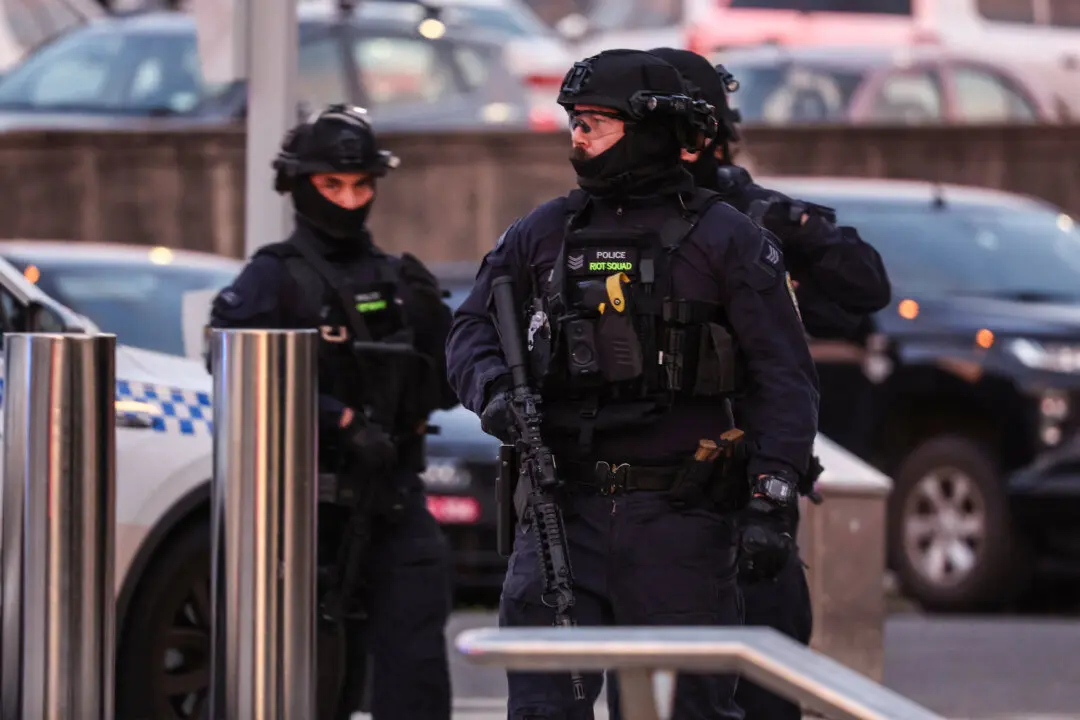The Australian share market and the Aussie dollar took a hit as global markets fretted over a potential second coronavirus wave, particularly in Europe, adding to the already unsettling backdrop of a US presidential election.
The S&P/ASX200 benchmark index closed 38.5 points down, or 0.7 percent, to 5784.1 on Sept. 22, but did manage to recover from a three month low of 5763.2 earlier in the day.
